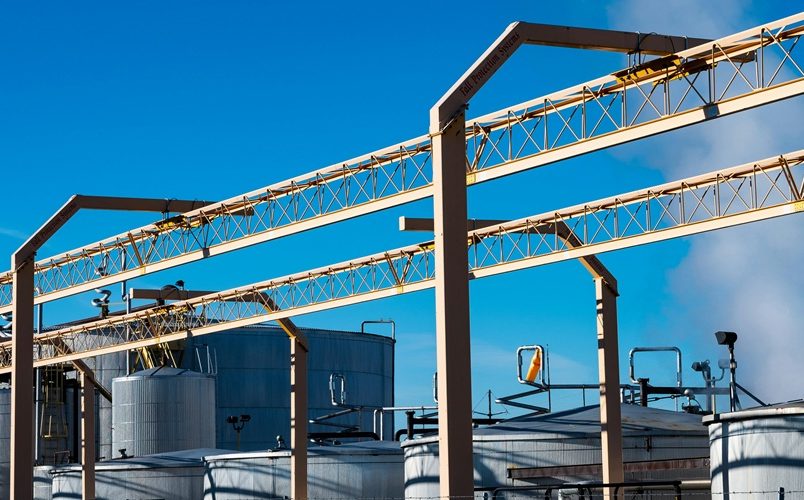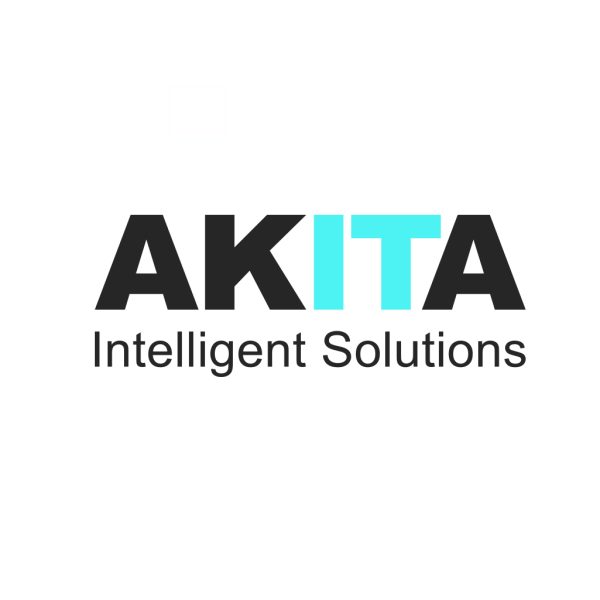In a landscape where operational efficiency, sustainability, and compliance are now board-level concerns, Facilities Management (FM) is undergoing a profound shift.
Traditional, reactive models are no longer enough in an age of increased customer demands and higher wage costs. The future lies in intelligent, connected infrastructure, and organisations leading the way are turning to IoT-enabled monitoring and Microsoft Dynamics 365 to future-proof their estates.
For FM directors, property managers and transformation leads, the convergence of IoT (Internet of Things) with Dynamics 365’s cloud-based asset management capabilities offers a compelling answer to many long-standing challenges: fragmented data, rising energy costs, slow fault response, and growing pressure to meet Environmental, Social and Governance (ESG) targets.
The Smart Building Imperative
Modern buildings are becoming smarter — not simply in design, but in how they operate, communicate and adapt in real time. Smart buildings leverage IoT sensors to gather data from across a facility: air quality, occupancy levels, temperature fluctuations, energy use, HVAC performance, lighting conditions, and more.
When integrated with Dynamics 365 Field Service, this data translates into actionable intelligence. Facilities managers can move from reactive firefighting to a proactive, predictive maintenance model — slashing downtime, extending asset lifespan, and unlocking new levels of operational agility.
Real-Time Asset Monitoring: A Game Changer
With Dynamics 365 and Azure IoT Hub, organisations gain real-time visibility across all connected assets — boilers, pumps, lifts, lighting, air handlers and more. Sensors stream telemetry data into a unified dashboard, providing instant insights into equipment performance and condition.
The implications are significant:
- Automated alerts and work orders can be triggered the moment performance deviates from predefined norms.
- Mobile workforces can be dispatched with contextual data, reducing time on site and increasing first-time fix rates.
- Lifecycle trends can be analysed to inform capital planning and procurement strategies.
This real-time responsiveness leads to fewer critical failures, faster fault resolution, and more intelligent resource allocation — all critical in multi-site estates or complex environments such as hospitals, universities, or commercial property portfolios.
Reactive Maintenance Becomes Predictive
Traditionally, FM teams have relied on fixed schedules or staff reports to identify faults — a time-consuming and inefficient process. Combining Dynamics 365 and IoT allows a condition-based approach, where machines “tell” you when they need attention. For example:
- A chiller unit begins operating outside expected vibration parameters. An IoT sensor flags the anomaly.
- Dynamics 365 receives the alert, auto-generates a work order, and assigns a technician.
- The engineer arrives with the exact tools, parts, and diagnostic data needed, potentially preventing a major system failure.
This approach reduces costly downtime, avoids unnecessary maintenance visits, and empowers teams to focus on strategic asset optimisation.

Enabling ESG Compliance and Sustainability
Sustainability is no longer a box-ticking exercise — it’s a mandate. Facilities leaders are being asked to show clear evidence of energy efficiency, carbon reduction and environmental stewardship.
IoT-enabled Dynamics 365 becomes a powerful ESG enabler by:
- Monitoring energy and water consumption across the estate in real time.
- Identifying inefficiencies such as overused HVAC systems or lighting in unoccupied zones.
- Tracking waste generation and enabling data-led environmental reporting.
- Supporting environmental certifications (e.g. BREEAM, LEED) with auditable digital records.
The combination of real-time data and Dynamics 365’s reporting capabilities allows FM teams to demonstrate compliance and build a credible sustainability narrative. This is increasingly essential when bidding for contracts or engaging stakeholders.
Smarter Workspaces, Happier Occupants
Beyond infrastructure, IoT enhances the human experience within your buildings. Occupancy sensors, for instance, can reveal how different spaces are used, informing redesigns, cleaning schedules, or heating and lighting automation. Through Dynamics 365, this data can feed into:
- Workplace analytics dashboards that track footfall, usage trends, and environmental comfort levels.
- Service request systems that auto-respond to feedback (e.g., too cold, lights not working) with faster, data-backed interventions.
- Employee wellbeing programmes that ensure spaces are optimised for safety, comfort and productivity.
The result? Greater occupant satisfaction, fewer complaints, and a more adaptable estate aligned to modern hybrid working patterns.
The Strategic Role of Facilities Managers
With IoT and Dynamics 365, FM leaders can now step beyond day-to-day operations and become strategic enablers of business performance. They’re empowered to:
- Drive down OPEX through predictive maintenance.
- Align estates to ESG objectives.
- Optimise space usage and workforce productivity.
- Provide insights to support board-level planning.
This shift from operational to strategic FM is what defines the modern facilities leader.
Getting Started With IoT and Dynamics 365: A Pragmatic Approach
Embracing IoT and Dynamics 365 doesn't require a rip-and-replace strategy. Most successful transformations start small:
- Pilot with a high-value asset group (e.g. HVAC or lighting systems).
- Deploy Dynamics 365 Field Service with IoT alerts and condition-based triggers.
- Measure impact, scale up, and gradually connect more assets across the estate.
By partnering with an experienced Dynamics 365 provider, you can map a roadmap that aligns with your digital goals, budget and estate complexity — without disruption.
Facilities Management in the Age of Intelligence
Facilities Management is no longer just about keeping the lights on. In the age of intelligence, it’s about making buildings smarter, operations leaner, and experiences better.
By harnessing IoT and Dynamics 365, FM leaders can gain the insight, agility and control needed to deliver long-term value — both to their organisations and the environments they serve.
For more on combining the power of Dynamics 365 and IoT devices, please get in touch:





